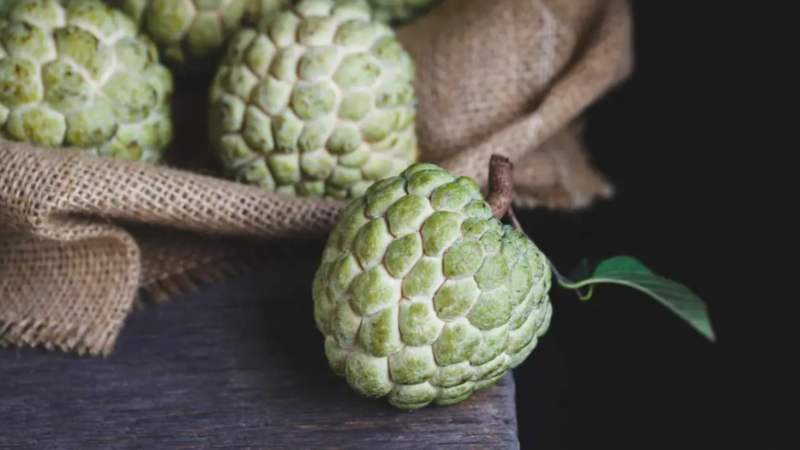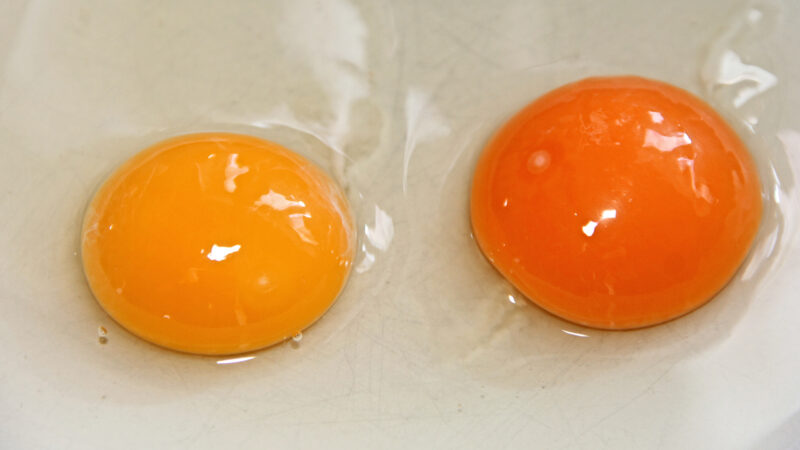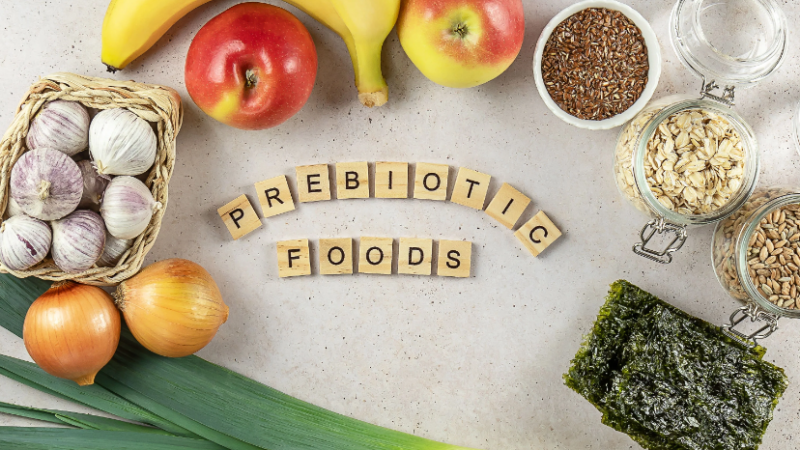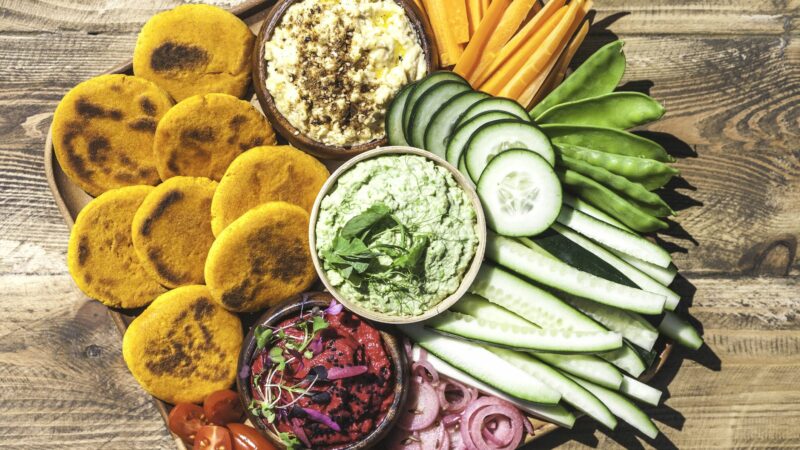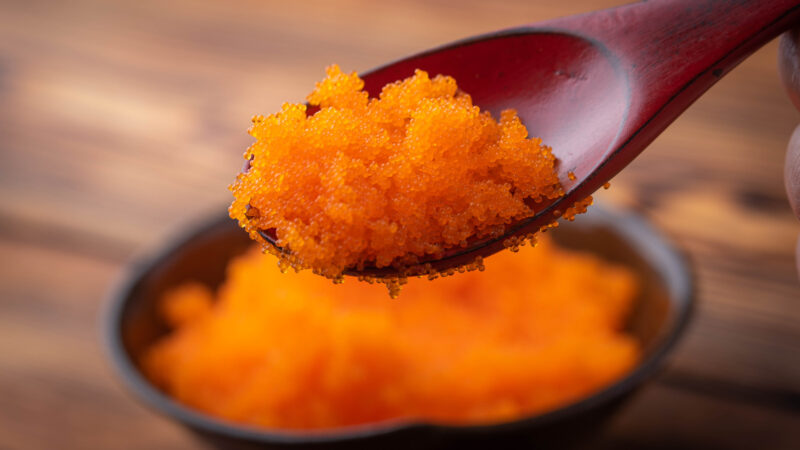List Of 13 Nutritious Leafy Green Vegetables
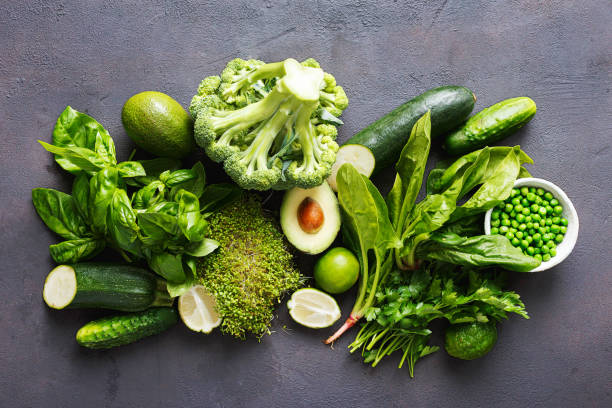
Green vegetables are among the most nutritious foods, rich in vitamins, minerals, antioxidants, and fibre. They can help lower your risk of chronic diseases like obesity, diabetes, heart disease, and cancer. In this blog, I will introduce you to 13 of the healthiest leafy green vegetables, explain their benefits, and how to use them in your diet. Let’s get started!
Leafy Green Vegetables List
These are some of the most nutritious leafy greens you must include in your daily meals.
Kale
For a good reason, Kale is one of the most popular leafy green vegetables. It is considered one of the most nutrient-dense vegetables on the planet, as it contains high amounts of vitamins A, C, K, B6, calcium, iron, magnesium, and more. It also has powerful antioxidants that protect your cells from oxidative stress and inflammation. Kale can be eaten raw in salads or smoothies or cooked in soups, stews, or stir-fries. You can also make kale chips by baking them in the oven with some oil and salt.
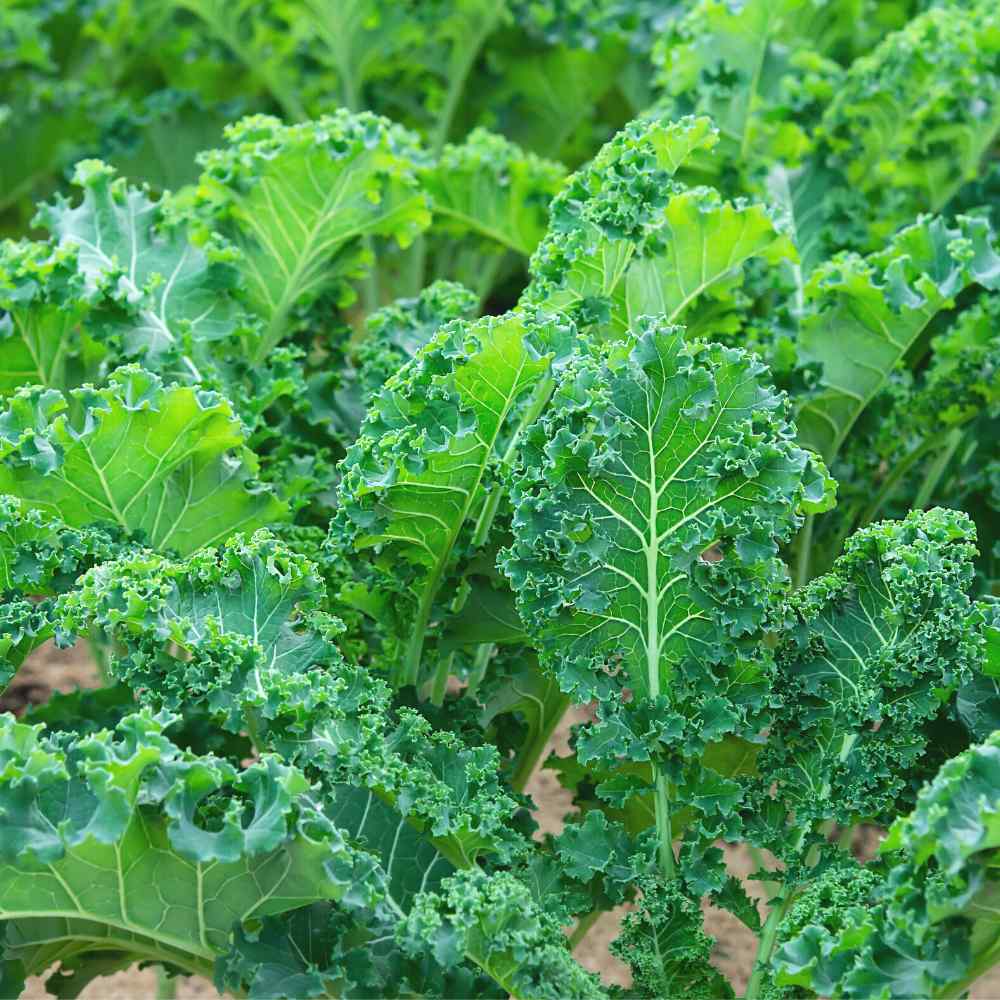
Spinach
Spinach is another leafy green vegetable widely consumed and praised for its health benefits. It is a great source of vitamins A, C, K, folate, iron, calcium, potassium, and more. It also has anti-inflammatory properties that can help prevent or reduce the severity of diseases like arthritis, asthma, and cancer. Spinach can be eaten raw or cooked in various dishes. Add it to sandwiches, wraps, omelettes, pasta, or casseroles. You can also blend it into smoothies or juices for a green boost.
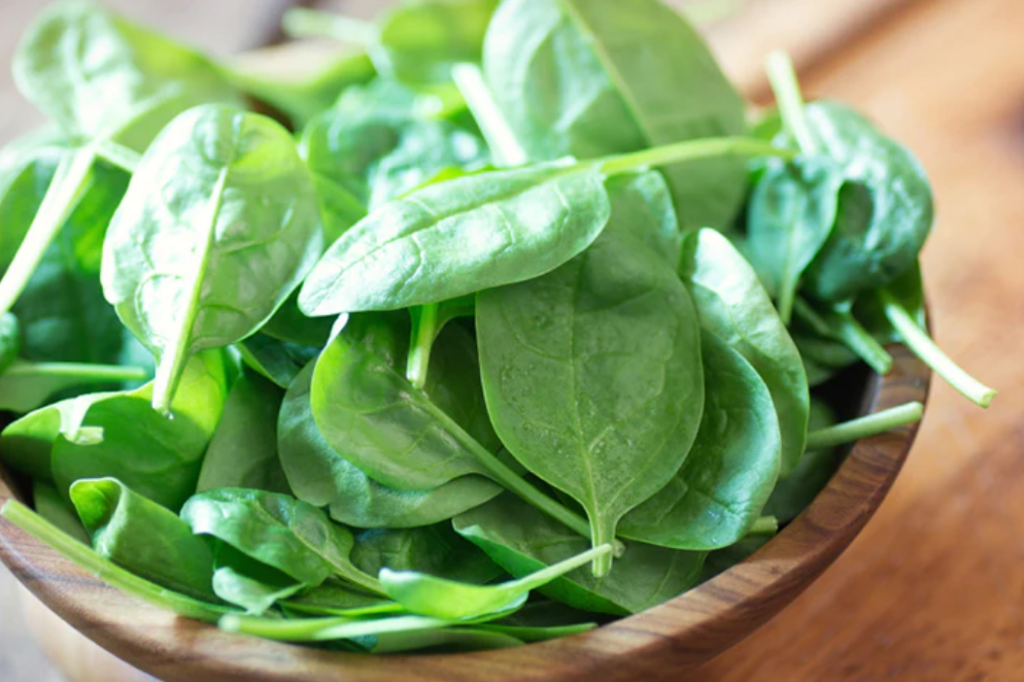
Swiss Chard
Swiss chard is a leafy green that belongs to the same family as beets and spinach. It has colourful stems and leaves that range from green to red to yellow. It contains vitamins A, C, K, iron, magnesium, potassium, and more. It also contains a unique antioxidant called syringic acid that may help lower blood sugar levels. Swiss chard can be eaten raw or cooked in various ways. You can chop it up and add it to salads or slaws. You can also sauté it with garlic and olive oil or cook it with eggs or cheese.
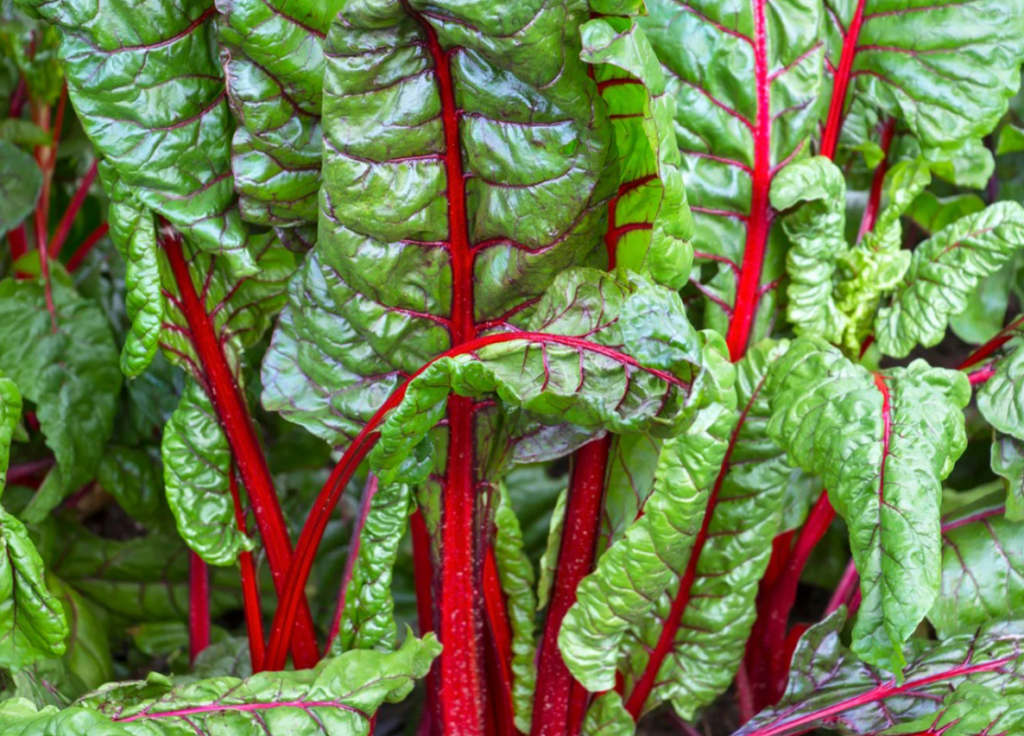
Collard Greens
Collard greens are a type of cabbage that have large and thick leaves. They are commonly eaten in Southern cuisine and are often paired with ham or bacon. They are rich in vitamins A, C, K, calcium, fibre, and more. They also have a high amount of vitamin K, essential for blood clotting and bone health. Collard greens can be eaten raw or cooked in different methods. You can shred them and add them to salads or coleslaw. You can steam or boil them with vinegar or lemon juice.
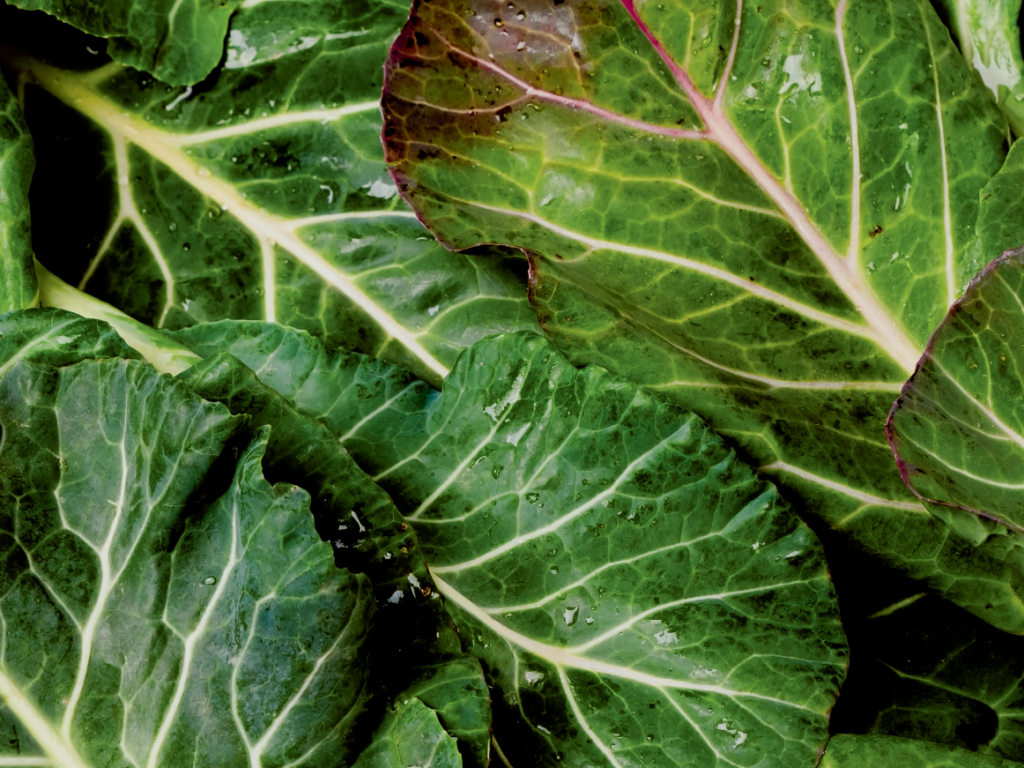
Arugula
Arugula is a peppery salad green that adds a spicy kick to your dishes. It is also known as a rocket or roquette in some regions. It is low in calories but high in vitamins A, C, K, folate, calcium, iron, and more. It also has several phytochemicals that may have anti-cancer effects. Arugula can be eaten raw or cooked in various ways. You can toss it with some dressing and nuts for a simple salad. Add it to pizzas, sandwiches, wraps, or pasta. You can also wilt it with some heat or blend it into pesto.
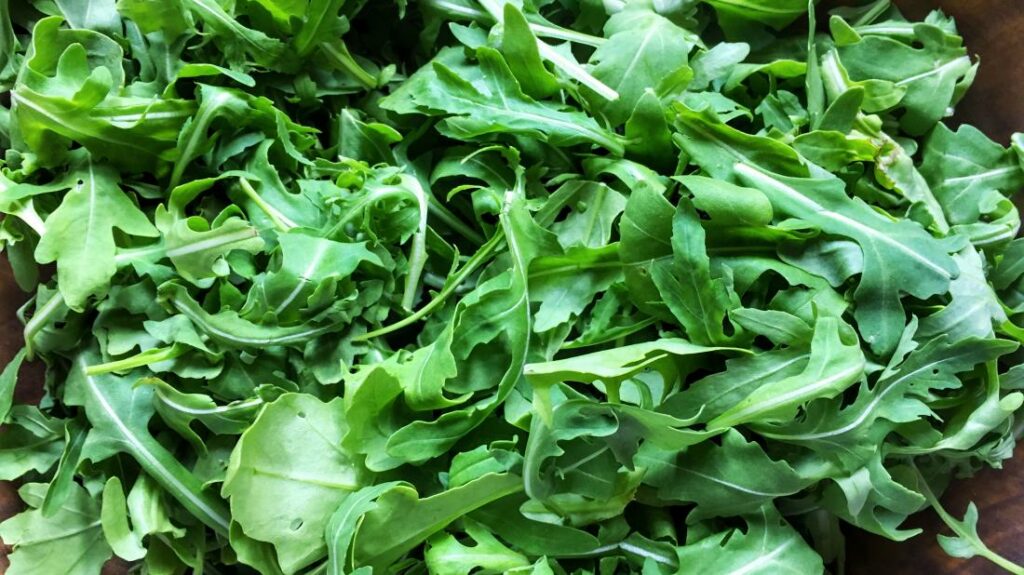
Romaine Lettuce
Romaine lettuce is a crisp and crunchy salad green that is often used in Caesar salads. It is low in calories but high in vitamins A, C, K, folate, potassium, and more. It also has a good amount of water content that helps keep you hydrated. Romaine lettuce can be eaten raw or cooked in various ways. You can chop it up and add it to salads or slaws. You can also grill it or roast it for a smoky flavour. You can also use it as a wrap or a taco shell for a low-carb option.
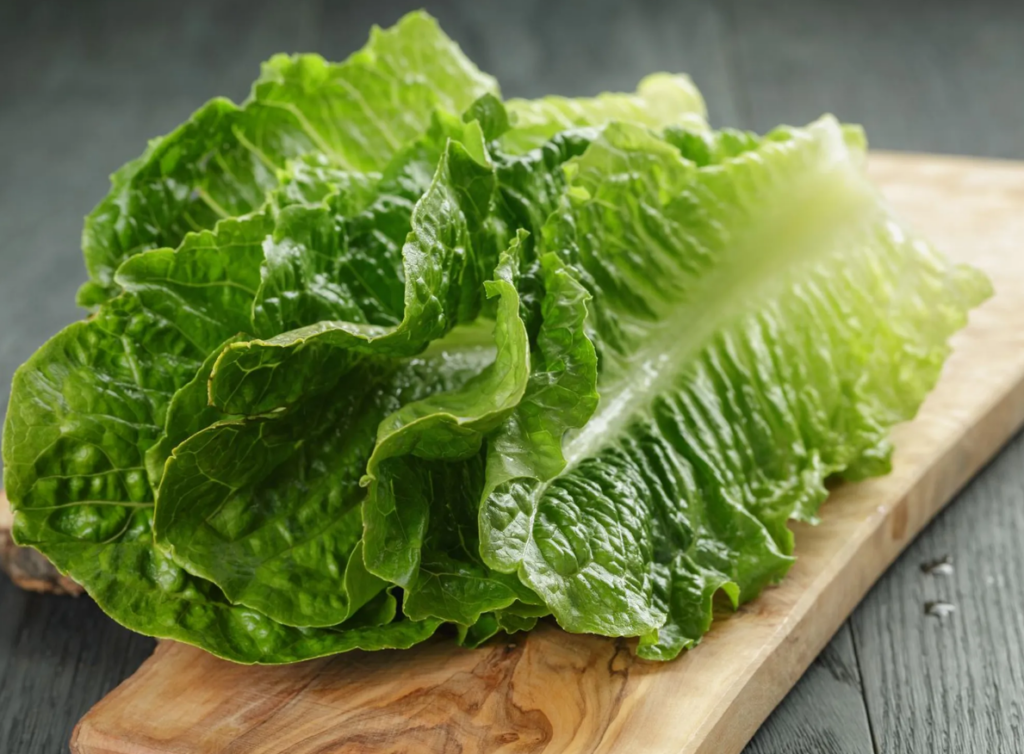
Bok Choy
Bok choy is a Chinese cabbage with white stems and dark green leaves. It is also known as pak choi or bok choi in some regions. It contains vitamins A, C, K, folate, calcium, iron, and more. It also has glucosinolates that may help prevent cancer. Bok choy can be eaten raw or cooked in various ways. You can slice it up and add it to salads or slaws. You can also stir-fry or steam it with soy sauce or sesame oil. You can also add it to soups or stew for a hearty meal.
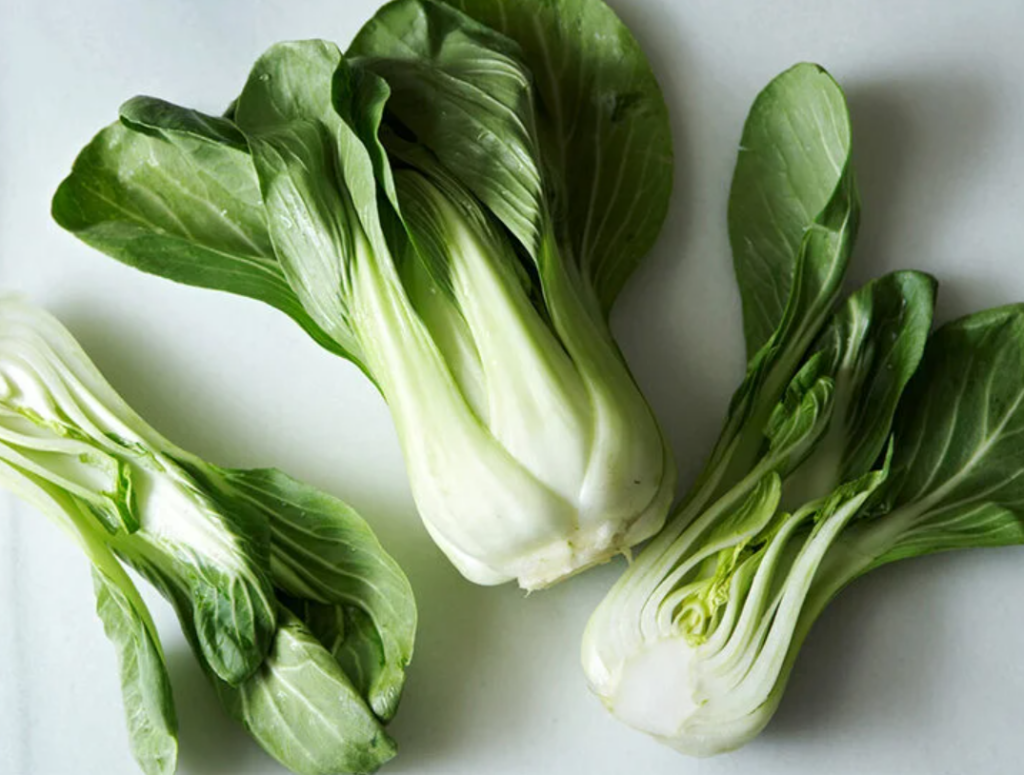
Broccoli
Broccoli is a cruciferous vegetable that has green florets and stems. It is one of the most widely consumed vegetables in the world and is often considered a superfood. It is high in vitamins A, C, K, and B6, folate, fibre, protein, and more. It also has sulforaphane which may have anti-inflammatory and anti-cancer effects. Broccoli can be eaten raw or cooked in various ways. You can snack on it with some dip or hummus. You can also roast it or bake it with some cheese or breadcrumbs. You can also steam it or boil it with lemon juice or butter.
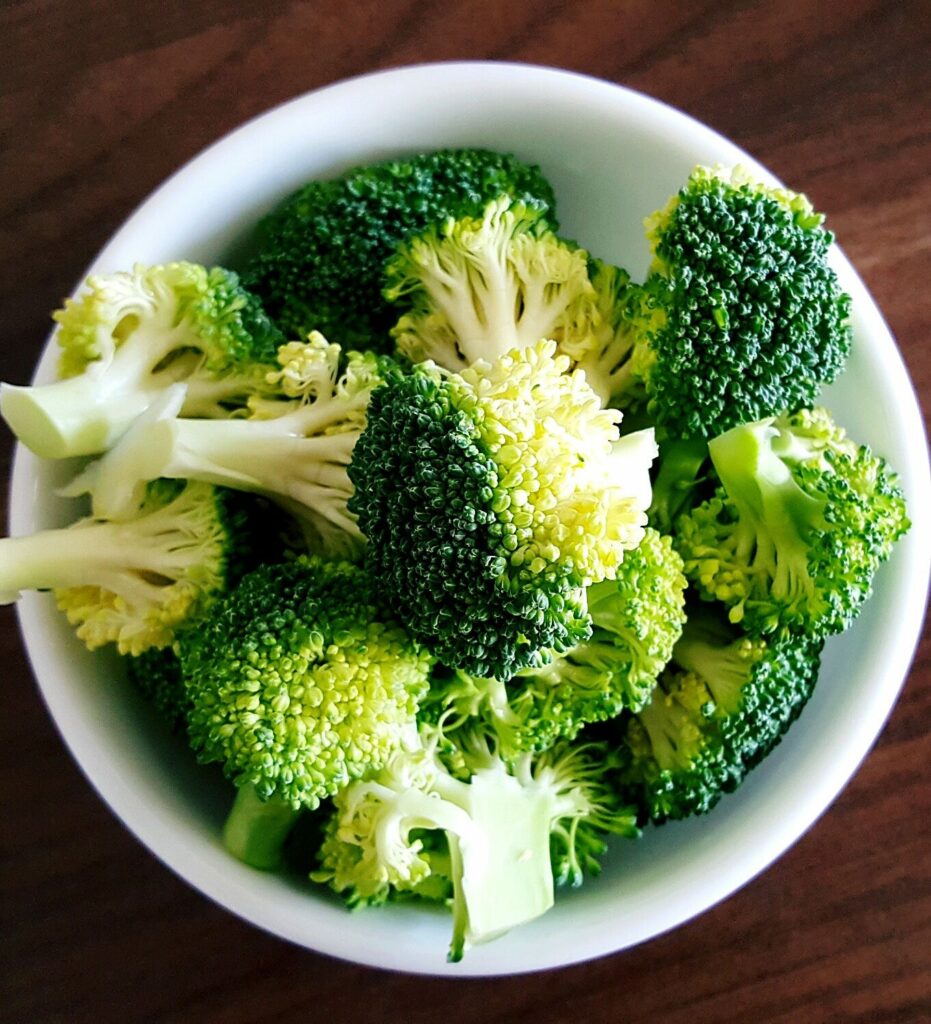
Brussels Sprouts
Brussels sprouts are small and round vegetables that look like mini cabbages. Children often dislike them, but they are very nutritious and delicious when cooked properly. They are high in vitamins A, C, K, B6, folate, fibre, and more. They also have indole-3-carbinol, which may help balance hormones and prevent cancer. Brussels sprouts can be eaten raw or cooked in various ways. You can shred them and add them to salads or slabs. You can also roast them or fry them with some bacon or nuts. You can also steam them or boil them with some vinegar or mustard.
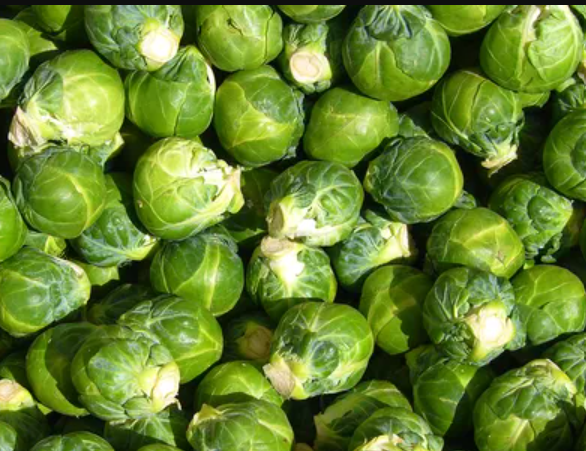
Cabbage
Cabbage is a round and green leafy vegetable in different colours, such as green, red, or purple. It is one of the oldest cultivated crops and is widely used in many cuisines worldwide. It is high in vitamins A, C, K, B6, folate, fibre, and more. It also has anthocyanins that may have anti-inflammatory and antioxidant effects. Cabbage can be eaten raw or cooked in various ways. You can chop it up and add it to salads or slaws. You can also sauté it or stir-fry it with some garlic or ginger. You can also ferment it or pickle it to make sauerkraut or kimchi.
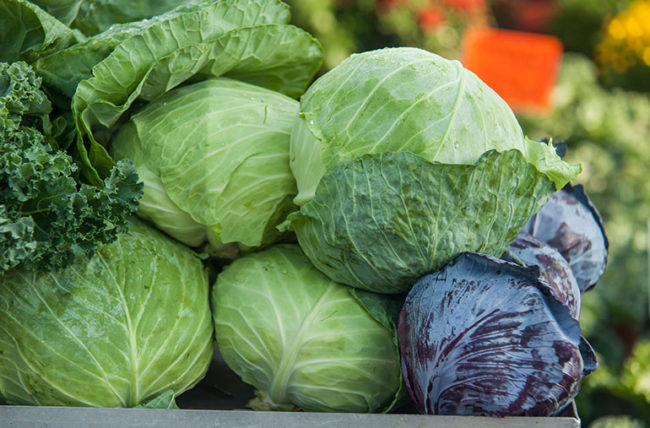
Beet Greens
Beet greens are the edible leaves of the beetroot plant. They are often discarded but are very nutritious and delicious. They are high in vitamins A, C, K, B2, B6, folate, copper, manganese, and more. They also have betalains that may have anti-inflammatory and antioxidant effects. Beet greens can be eaten raw or cooked in various ways. You can chop them up and add them to salads or slaws. You can also sauté them or stir-fry them with some garlic or onion. You can also boil or steam them with lemon juice or vinegar.
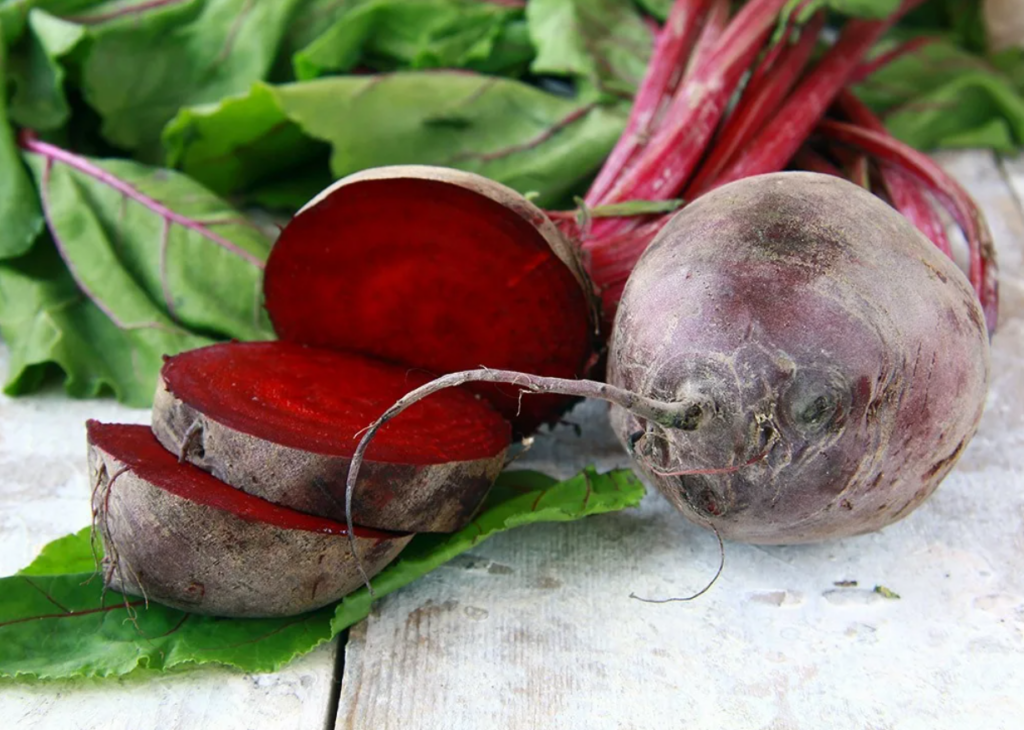
Watercress
Watercress is a leafy green vegetable that grows in water and has small and delicate leaves. It is one of the oldest known vegetables and is often used as a garnish or a salad ingredient. It is low in calories but high in vitamins A, C, K, B6, folate, calcium, iron, and more.

FAQS
1. What are green leafy vegetables?
Green leafy vegetables are a group of edible plants with leaves rich in nutrients, typically green in colour, and contribute to a healthy diet. They include various vegetables like spinach, kale, lettuce, and collard greens.
2. Why are green leafy vegetables important?
Green leafy vegetables contain essential vitamins, minerals, fibre, and antioxidants. They contribute to overall health by supporting digestion, reducing the risk of chronic diseases, and promoting healthy skin, hair, and eyes.
3. What nutrients do green leafy vegetables contain?
Green leafy vegetables are typically high in vitamins A, C, and K and folate, iron, calcium, and potassium. They also contain dietary fibre and a range of phytonutrients that offer various health benefits.
4. How can I include more green leafy vegetables in my diet?
You can add green leafy vegetables to your diet by incorporating them into salads, smoothies, soups, stews, and stir-fries. You can also use them as wraps or sandwich fillings. Experiment with different cooking methods to find what you enjoy.
5. Are there any cooking tips for green leafy vegetables?
To retain maximum nutrients, it’s best to avoid overcooking. Briefly sautéing, steaming, or blanching can help preserve their colour and nutrients. Also, consider adding a squeeze of lemon juice or a source of vitamin C to enhance iron absorption.
